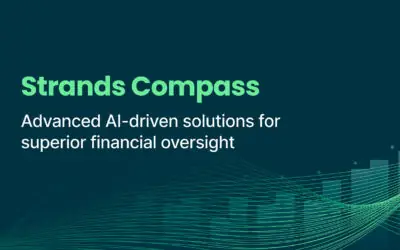Sustainable banking is the recent shift towards sustainable finance or green banking, and many financial actors are joining the movement. Financial institutions are unsure how to respond to a market that is exploding and still unsure what green finance means. At its core, green finance is about allocating capital for a sustainable purpose. In the finance world, green banking refers to any project that raises money to be used for environmental purposes, regardless of whether or not the outcome is beneficial or detrimental to the environment. Examples of green finance include green bonds, green lending and green equity investment.
Banks and financial organizations contribute significantly towards reducing carbon emissions, and sustainable green banking is a significant component of the “go green” agenda. We know that bank habits can affect the environment, which is why banks throughout the world use innovative financing to help accelerate the transition to clean energy and make a significant impact on the fight against climate change.
What is Green Banking?
Green banking means that you can manage your finances in a way that is environmentally responsible while still being profitable. It goes beyond simply sustainable banking and these practices also include financing companies and individuals who commit to environmental sustainability.
As green banking becomes more popular, we’ll likely employ both conventional and sustainable processes when it comes to banks of the future. Green banking is becoming the standard in other countries, such as Germany and Australia.
The Importance of a Sustainable Change
Cleaning up one’s accounts is the first step in involving yourself in green banking. There are a variety of approaches, but the most popular is to create and keep to a budget. You might also consider alternative energy sources for your home like solar panels.
Saving the planet is the most pressing reason for financial institutions to reduce their carbon dioxide (Co2) emissions. But there are self-interested motivations, too, including pressure from governments, consumers, investors, regulators and employees to prioritize action on climate change.
A 2020 study by Deloitte supports that, revealing 71% of UK customers are more likely to choose a bank with a positive social and environmental impact, with 61% wishing their current bank would do more to achieve that.
The goal of green banks is to combat the effects of climate change. There is only a limited amount of time left for us to complete the move to clean energy if we want to avoid the most severe consequences. In order to create an effective climate policy platform, it is important to include elements that are strong and cost-effective, such as a fast adoption of renewable energy by green banks.



